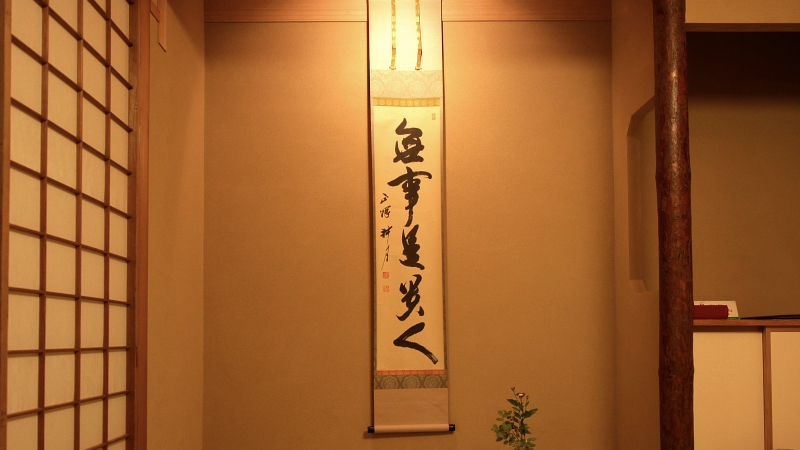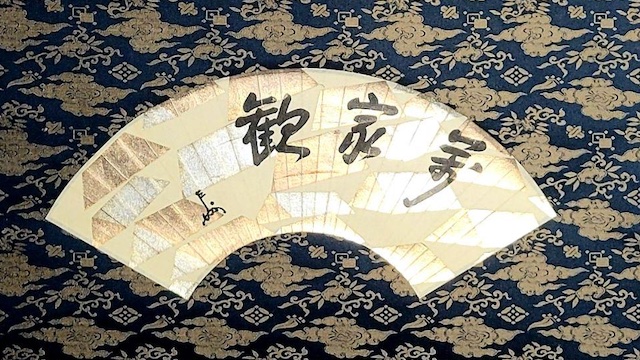
Bokuseki is a character written by a Zen monk with a brush.
Originally, it refers to handwriting written with ink, but in Japan, it especially refers to the handwriting of Zen monks.
The reason why calligraphy is used in tea ceremonies is the calligraphy of Engo, which Murata Juko received as a proof of seal after attending Zen meditation with Sojun Ikkyu at Daitokuji Temple. It is said that it started when the tea ceremony was held.
In "Nanpo-roku", "There is no more important utensil than Kakemono. Both the host and the host are devoted to the tea ceremony. The calligraphy is the first priority. Respect the spirit of the writer, Dojin, and ancestors. I will play with it.” It is respected as it says.
The calligraphy up to this period refers to works by Chinese monks in Song and Yuan dynasties, Zen monks in Kamakura and the early Muromachi period, but Sen no Rikyu wrote a line of calligraphy by his own teacher, Shunoku Soen. After that, it is said that the kakemono of the living monk began to be hung.
Rather than calligraphy or style as a calligraphy, it expresses the spirit of a Zen monk, and its style and extraordinary taste are highly prized.

Schoolmaster's lexical
家元